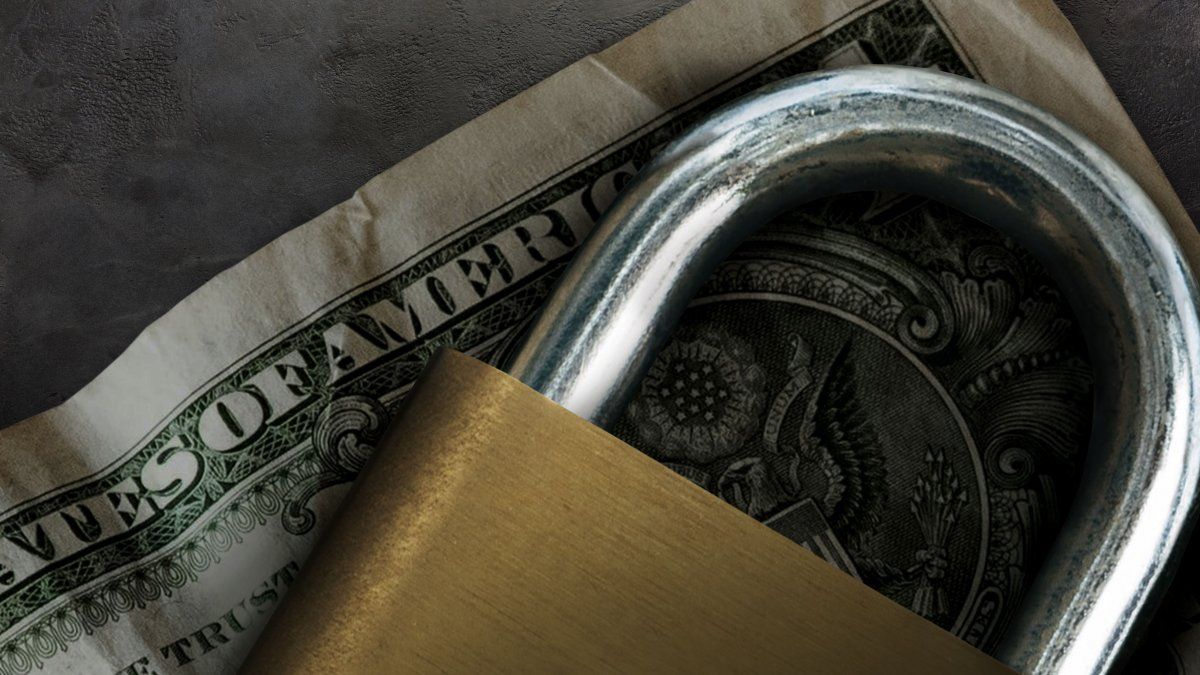As reported by Ambitohe Central Bank (BCRA) surprised the market by announcing a new step in the easing of the dollar clamp financial within the framework of its ultimate goal of eliminating all restrictions.
Specifically, the BCRA board decided to allow people who had received some assistance from the State during the pandemic or who benefit from subsidies for the consumption of public services to carry out foreign exchange transactions through securities in foreign currency, that is, buy both MEP dollar and CCL.
Although the market welcomed the announcement, there are some doubts on the horizon that could disrupt the complete release of foreign exchange restrictions. However, it should be noted that the city considers that any measure that goes in the direction of deregulation “is positive.”
The announcement under the magnifying glass of analysts
For Javier Casabal, Fixed Income Strategist at Adcap Financial Groupthe measures announced by the BCRA “have a limited impact today, but that They begin to show a direction of the gradual lifting of the restrictions “which is where we are looking to go, perhaps before the end of the year.”
However, he foresees some “drivers” that could put the complete lifting of the restriction in jeopardy in the future. “Probably, the most relevant thing is that access to imports is beginning to be made more flexible from four to two installments,” he explains. And this is because the debt stock is beginning to be reduced because by accumulating with the previous installments, more than 100% of the imports will already be paid.
“This should help lower inflation, but it reduces the capacity to accumulate reserves.” which, incidentally, is already low and the first warning is being raised. “That is why it will be essential for the Treasury to take on that role by buying dollars with a fiscal surplus to provide peace of mind regarding the ability to pay the debt in hard currency,” he warns. Casabal.
For the investment advisor, Gaston Lentini““Any measure that goes in the direction of deregulation is positive”. However, he brings it down to earth and reminds us that “it is only one step in a marathon”, as the market expects the complete elimination of the cepo accompanied by the lowering of the COUNTRY TAX.
Despite this, he maintains that the first step is the most important. Therefore, these first measures, “even if they seem symbolic, are a step in the right direction.”
Declining reserves and the risk of not being able to accumulate
For the market, the reaction in the city may be positive because the message sent by Luis Caputo, Minister of Economy, is that he is encouraging people to use all the reserves accumulated in the first half of the year for this purpose.In addition to having transferred part of it abroad, the reading is that, if you export services, such as those of a programmer, you can receive up to US$24,000 per year.when before it was half.” The automotive industry is also receiving incentives like this, which will allow them to access dollars to pay for imports in advance, thus reducing the cost of financing for these companies.
central-bank-argentine-republic-bcra-990695-163225.jpg
The Central Bank (BCRA) surprised the market by announcing a new step in easing restrictions on financial dollars as part of its ultimate goal of eliminating all restrictions.
However, there is still a lot to be cleared up. In this sense, Lentini returns to the charge with the PAIS Tax, something that the market does not fully understand if it will be eliminated by law at the end of the year, will be renewed, or if there will be an exchange rate unification where the official exchange rate rises to match the MEP. “It seems hasty to venture into these issues now, since we are just taking the first steps. The end of the year is still far away, and the Government’s caution in leaving the cepo is understandable, considering that if things go wrong, there is no turning back,” concludes the strategist, recalling that something similar already happened during Mauricio Macri’s government and “the costs were evident“.
Impact on the gap and public securities
From Delphos Investment They comment to this medium and in line with other analysts, “This is a step in the direction expected by the market, showing signs of normalization of the flow of foreign currency from imports and greater access to the CCL/MEP by individuals.“.
From the renowned broker they expect “Positive reactions in government bonds and the exchange rate gap“. It turns out that the reduction in payment terms for imports will decompress the import demand for CCL, contributing to the reduction of the gap.
And, taken together, the measures complement other recent advances such as the repurchase of PUTs and the end of Passive Passes. “In the Government’s Phase 2 roadmap, where exchange rate measures are gradually beginning to gain prominence. The reduction of the PAIS Tax on imports is still pendingwhich would be scheduled for September,” the stock exchange company concludes in line with Lentini’s statement.
News in development.–
Source: Ambito
I am a 24-year-old writer and journalist who has been working in the news industry for the past two years. I write primarily about market news, so if you’re looking for insights into what’s going on in the stock market or economic indicators, you’ve come to the right place. I also dabble in writing articles on lifestyle trends and pop culture news.




